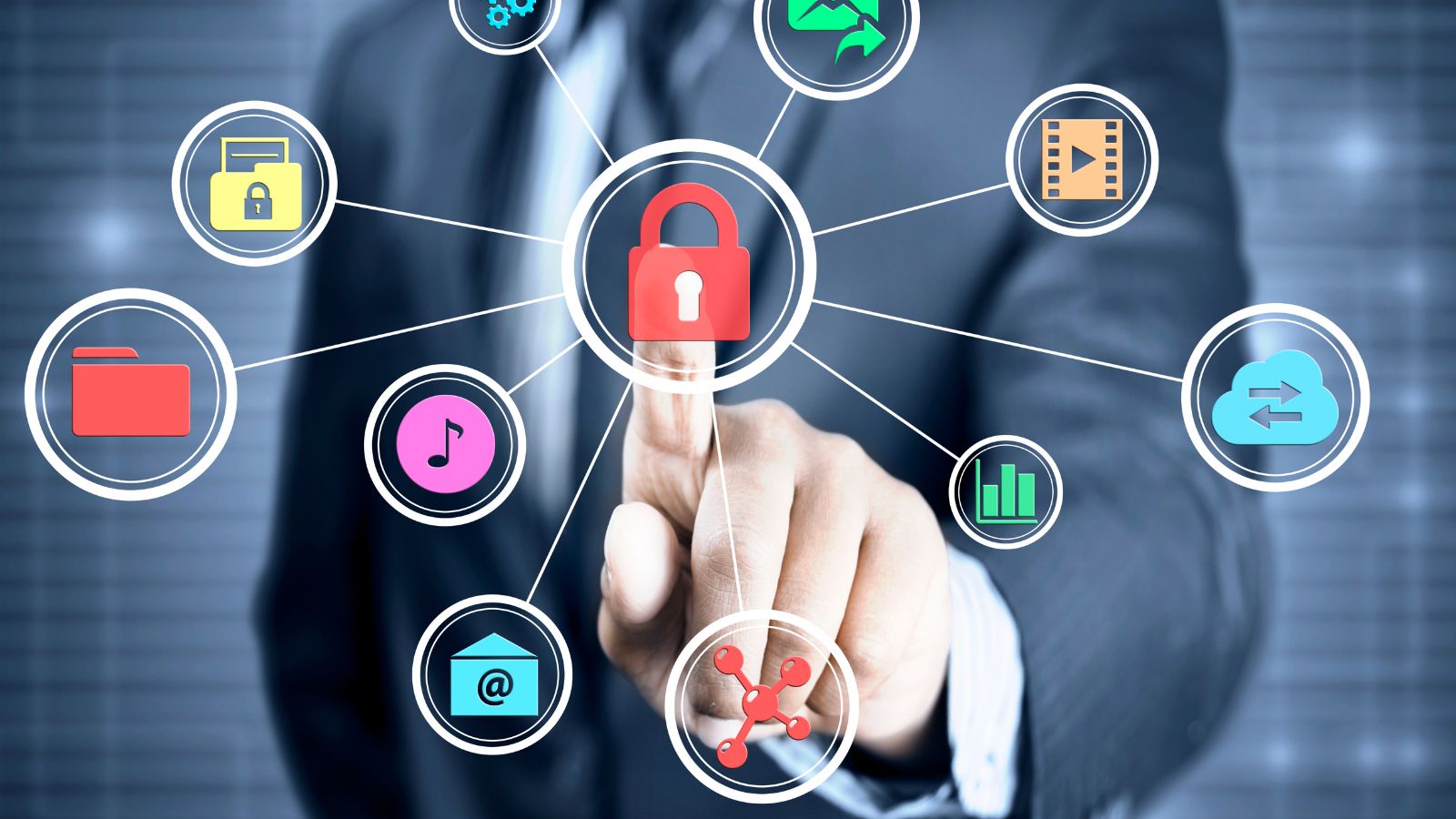Introduction
Cloud adoption, mobile work, and an explosion of Internet-of-Things devices have turned “the network edge” into a shifting target. A single employee might jump from a home laptop to a café tablet and then to an office workstation in the span of a morning. Every hop hands attackers new opportunities to steal credentials, plant backdoors, or pivot deeper into corporate resources. Because endpoints sit closest to users-and therefore to the data they create and consume-modern adversaries make them priority number one for phishing, drive-by downloads, and credential-stuffing campaigns.
Against that backdrop, this guide distills the must-have pillars of a resilient endpoint-security program: layered tooling, identity-centric controls, airtight patching, and a security culture that treats every device as a miniature perimeter.
Building a Modern Endpoint-Protection Stack
A mature stack layers prevention, detection, and hardening so that if one control falters, another stands guard. Start with next-generation antivirus that applies machine-learning models to catch file-borne and polymorphic malware. Pair it with Endpoint Detection and Response (EDR) to watch for file-less techniques-PowerShell abuse, registry tampering, suspicious parent-child process chains-that traditional signature engines miss.
Mobile Threat Defense extends similar visibility to iOS and Android in bring-your-own-device scenarios, flagging sideloaded apps or rogue configuration profiles. Full-disk encryption ensures stolen laptops remain useless to thieves, while local host firewalls and device-control policies block unauthorized USB sticks that can exfiltrate data or re-infect cleaned machines.
At this point, many teams ask a bigger question: “How do all of these endpoint layers fit inside the broader enterprise risk picture?” A succinct answer lives in primer, what is endpoint security and why its important. The piece clarifies how endpoint controls dovetail with network segmentation and cloud identities ideal background when you make the business case for new licenses or staff.
To reinforce the stack, you can draw on external best-practice playbooks as well. CISA’s Secure by Design principles lay out minimum expectations for device hardening and software defaults, while the NIST patch-management guidance details evidence-based timelines for closing known vulnerabilities-critical reading when auditors ask why a high-severity CVE lingered for weeks.
Zero-Trust and Identity Integration
Modern malware rarely needs admin privileges to start trouble; it simply borrows the logged-in user’s authority and blends into normal traffic. Enforcing phishing-resistant multi-factor authentication at every login, combined with conditional-access policies that check device posture, helps shut that door. Remove standing local-admin rights and offer just-in-time elevation for approved tasks. When identity, device health, and risk telemetry all feed the same policy engine, lateral movement becomes exponentially harder.
Patch & Vulnerability Management
Unpatched vulnerabilities remain the number-one root cause of ransomware footholds. Aim for a 72-hour deadline on critical updates to operating systems, browsers, VPN appliances, and hypervisors. Risk-based prioritization score plus real-world exploit activity- keeps the team from drowning in low-impact fixes. Automating approvals through Intune, WSUS, or a third-party platform shrinks human bottlenecks; dashboards that track mean-time-to-remediate demonstrate progress to leadership and regulators alike.
Endpoint Hardening Basics
Every unnecessary service or open port widens the blast radius. Disable legacy protocols like SMBv1 and Telnet, enforce Secure Boot, and lock BIOS/UEFI screens with strong passwords. Memory protections such as DEP and ASLR should be mandatory, while USB and Bluetooth interfaces stay disabled unless the user’s role explicitly requires them.
Monitoring, Response, and Forensics
Streaming EDR logs into a broader XDR or SIEM lets analysts stitch endpoint telemetry to firewall blocks and cloud events, building a 360-degree incident timeline. Create playbooks for the attacks you know will come- ransomware, privilege escalation, mass-copy events-and practice them. When triage begins, preserve volatile data: running processes, RAM, active network sockets. Those artifacts often hold the breadcrumbs that pinpoint patient zero and the exploit technique.
Security Awareness and Culture
Technology crumbles when an employee coughs up credentials to the first spoofed voicemail. Quarterly phishing simulations, backed by Harvard Business Review research on adult learning, show that small, recurring “teachable moments” cut click rates more effectively than annual slide decks. Reward individuals who report suspicious messages quickly; positive reinforcement beats blame.
Endpoint Backup & Recovery
Follow the 3-2-1 rule-three copies, two media types, one offline-and remember that immutable snapshots in object-lock storage can save a business when threat actors delete everything else. Monthly restore drills prove the process works and surface hidden dependencies (custom drivers, legacy DLLs) before a crisis strikes.
Metrics that Matter to Executives
Boards don’t want packet captures; they want proof that the program works. Track mean-time-to-detect for endpoint alerts, percentage of critical patches applied inside 72 hours, successful host-isolation rates, and quarter-over-quarter phishing click-rate declines. Tie each metric to dollars saved or risk points reduced for extra impact.
Future Trends to Watch
Artificial-intelligence copilots are already triaging low-severity alerts and surfacing root-cause hypotheses. Hardware-rooted trust, from stronger TPMs to remote attestation, will let cloud consoles refuse risky devices before a VPN tunnel forms. Browser isolation via micro-VMs could become the default for opening email attachments, while post-quantum cryptography slowly enters endpoint agents to guard data for the decades ahead.
Conclusion
Mastering endpoint defense is not about buying another scanner; it’s about weaving prevention, detection, identity, and culture into a single, continuously improving fabric. By automating patches, enforcing zero-trust logins, collecting high-fidelity telemetry, and rehearsing recovery, organizations shift endpoints from weakest link to reliable first responders against modern threats. Teams that treat security as a living program, measured and refined every quarter, will navigate the next wave of exploits with far less drama and far more resilience.
Frequently Asked Questions
1. How often should we rotate local administrator passwords on workstations?
Industry benchmarks suggest at least every 30 days, but pairing rotation with just-in-time privilege tools makes standing admin passwords unnecessary and dramatically limits attack windows.
2. Do mobile devices really need the same level of protection as laptops?
Yes. Modern phishing kits routinely target iOS and Android users, and a compromised phone with corporate email or chat channels provides attackers direct paths into cloud apps. Mobile Threat Defense agents spot malicious SMS links, risky Wi-Fi networks, and sideloaded apps before they can pivot.
3. What’s the fastest way to prove ROI on an EDR deployment?
Baseline help-desk tickets for malware reimaging, then compare six months post-deploy. Many organizations see a 40-60 % drop, freeing IT staff for proactive projects and demonstrating hard savings on incident labour and downtime.



More Stories
How Do Lenders Evaluate Small Business Loan Applications?
How Dividends Work When Payouts Are Replaced by Buybacks
Innovative Sales Enablement Techniques for Modern Businesses